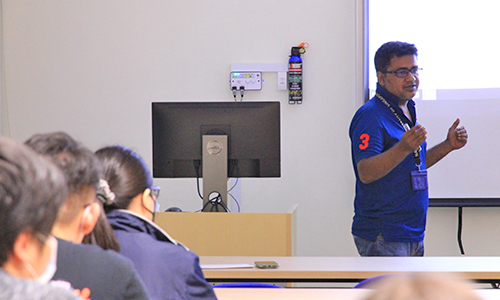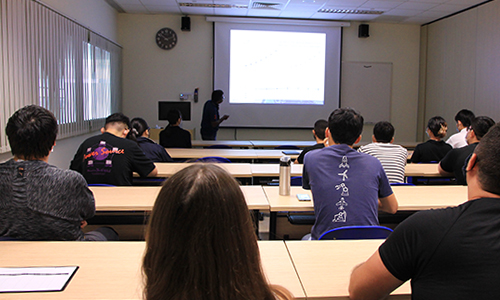Seminar
Experimental Study of Skin Friction Drag Reduction of Turbulent Boundary Layer Over Shallow Dimples |
| 1 July 2022, Friday, 10:00 - 10:30am | Speaker: Md Abdur Razzak, Research Scientist, Temasek Laboratories, NUS |
| Venue: Seminar Room 8D-1, Level 8, Temasek Laboratories | Event Organiser Host: Dr. Shan Ruiqin |
|
ABSTRACT |
This study investigates skin-friction drag reduction of a turbulent boundary layer over shallow dimples. The motivation of the present study is to explore the influence of shallow dimples on skin friction and the turbulent boundary layer profile. The behavior of flow structures downstream of the dimpled surface has also been investigated. With a view to search for the influence of dimple surface on the mentioned flow characteristics, direct force measurements have been carried out to measure the skin friction force acting on the dimpled surface and the reference flat plate. The force acting on the dimpled surface is found to be higher than that acting on the reference flat plate. From measurement of the average pressure difference between the upstream and downstream extents of the test section, it was found that the contribution of the pressure force on the total force obtained using direct force measurement is negligible for both the dimple surface and flat plate. For the dimpled surface, it is observed that the thickness of the boundary layer over the valley region is thicker than at the crest region. The boundary layer is found to be thicker for dimple surface than that of flat plate. Results obtained from oil-film interferometry measurement at the downstream region of dimple and flat plate, spanwise wavy fringe pattern which has wavelength equivalent to the dimple diameter is observed for dimple surface. Besides, skin friction coefficient measured at the valley region of spanwise wavy fringe pattern is found to be higher than that of peak region. Furthermore, average skin friction obtained using oil-film interferometry at the downstream region of dimple surface is found to be higher than that of flat plate. The results obtained from this study may help in the future drag reduction studies of turbulent boundary layer over shallow dimples. |
| ABOUT THE SPEAKER |
 Born in 1987 in Lakhsmipur, Bangladesh, he completed his undergraduate degree in Aerospace Engineering from International Islamic University Malaysia, KL, Malaysia in 2015 and his PhD in Mechanical Engineering from National University of Singapore in 2020. Since 2020 he is a research scientist with the Centre of Aerodynamics and Propulsion at Temasek Laboratories, NUS where he engages in both experimental and computational aerodynamics. His interests are in turbulent boundary layer flows, vortex dynamics, flow control, fluid-structure interaction, flight dynamics and control. |

The Investigation of Gas Distribution Asymmetry Effect on Coriolis Flowmeter Accuracy at Multiphase Metering |
| 1 July 2022, Friday, 10:30 - 11:00am | Speaker: Ms. Evgeniia Shavrina, PhD Student, NUS |
| Venue: Seminar Room 8D-1, Level 8, Temasek Laboratories | Event Organiser Host: Dr. Shan Ruiqin |
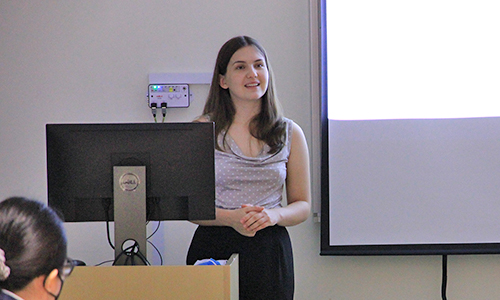
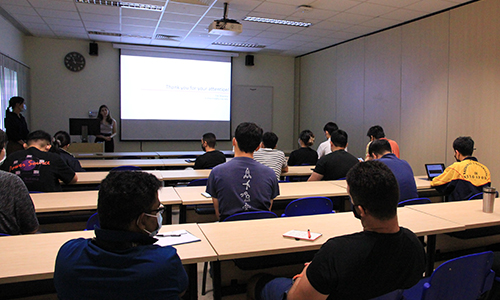
ABSTRACT |
Multiphase flows are encountered in various industries, and Coriolis flowmeter (CFM) is considered a high potential flowmeter for the metering of these flows. However, the asymmetry of gas distribution in a CFM and its influence on the flowmeter accuracy are only qualitatively investigated in a few studies. The present study quantitatively describes the gas distribution asymmetry in a CFM at different flow conditions by numerical simulation. It is shown that the increase in gas volume fraction growth and the reduction in the mixture flow rate lead to the increase in the gas distribution asymmetry. The experiment is conducted to investigate errors of CFM metering of multiphase flows. There is a strong correlation between the gas distribution asymmetry and the experimentally observed CFM error. The correction of the CFM error is proposed based on this correlation allowing to decrease the metering error from 34% to 10% for the investigated conditions. |
| ABOUT THE SPEAKER |
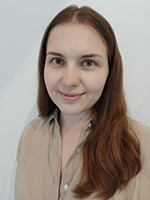 Ms. Evgeniia Shavrina graduated from Perm National Research Polytechnic University, Russia, and currently is a PhD student in National University of Singapore, Singapore. |



